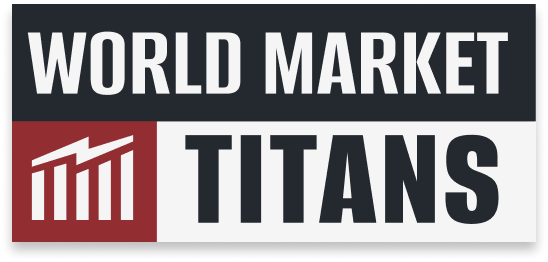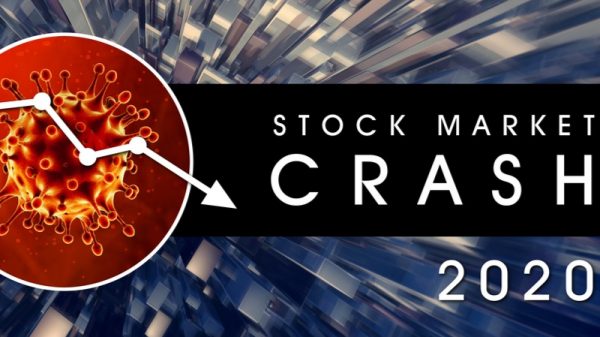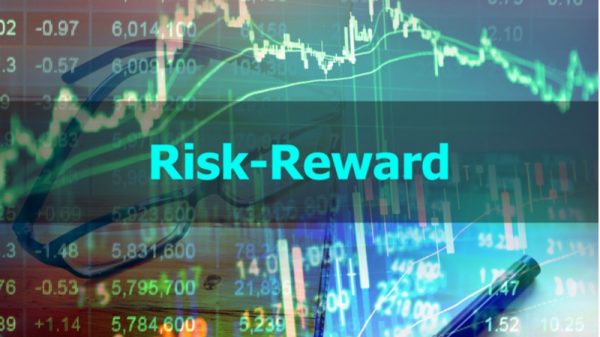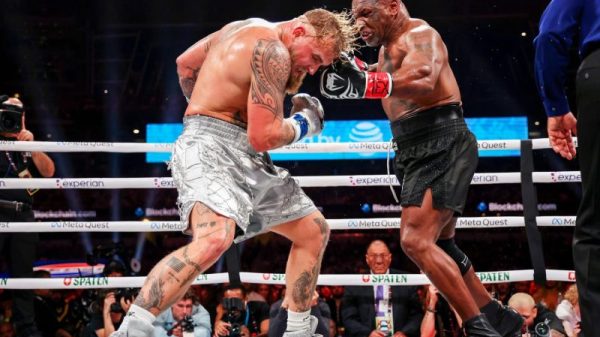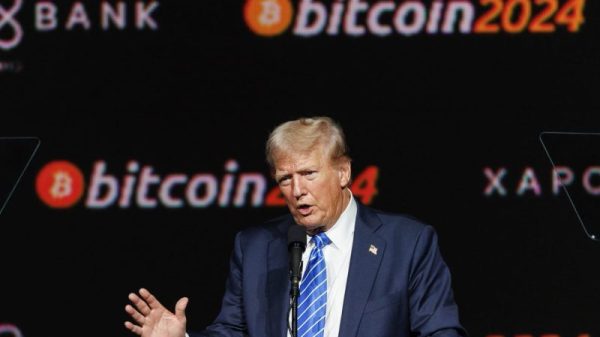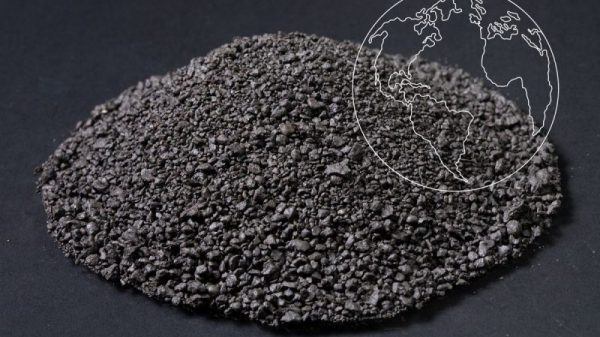This article was written by Chris Young and was first published on Epsilon Options (now part of SteadyOptions).
Below we’ll build up this payoff diagram – for both long and short call options – by considering the behaviour of a call option price at expiry with respect to its strike price.
Long Call Option Payoff
Let’s consider the simplest example: a long call option with, say, a strike price of 100 which expires in 3 months time. Suppose also that the stock price is at 90 at present. We hope that the stock will rise above 100 at expiry enabling us to exercise or sell the call as it will have value.
To purchase the call, an option premium must be paid which, all things being equal (especially implied volatility), depends on the time to expiry: 3 month in this case. Let’s say that this premium is 10.
At expiry one of these scenarios will occur:
The stock price is below the 100 exercise price (ie the option is out of the money)
In this case the trade has not worked as planned and the call option will expire worthless. The profit/loss is therefore:
Premium Paid: -$10
Profit from call option: $0
Loss on trade: -10
The stock price is between 100 and 110
The call option is in the money which is good news. Its value will be its extrinsic value – the stock price less the strike price – as there is no intrinsic value (option value from time remaining on the option).
However this amount will be small – between 0 and 10 – and higher the closer to 110 the stock price is.
However it will not be enough to recoup the 10 paid for the call option premium and hence a loss is still made.
Our profit/loss – assuming, say, a stock price of $105 is below:
Premium Paid: -$10
Profit from call option: $5
Loss on trade: -5
The stock price is 110
This is the option’s breakeven point.
At 110 the option will be worth $10 at expiry, recouping all the $10 option premium paid.
No profit or loss is made; the trader will break even:
Premium Paid: -$10
Profit from call option: $10
Profit/Loss on trade: $0
The stock price is over 110
This is where the trader starts to make a profit.
The expired option is now worth more than $10, thus more than recouping the $10 option paid.
So if, say, the stock price is 115:
Premium Paid: -$10
Profit from call option: $15
Profit/Loss on trade: $5
This profit will be larger the further the stock price is from the 110 strike price. It is potentially infinite (as the potential stock price is infinite, although this is unlikely).
Putting all this together for all possible stock prices gives the following payoff graph:
The horizontal x-axis is the stock price at expiry.
Short Call Option Payoff
What if the trader had sold the call option rather than bought it, hoping that the stock would not rise above 100 and hence keep the 10 premium with no cost.
Let’s look at the scenarios again:
The stock price is below the 100 exercise price (ie the option is out of the money)
In this case the trade has worked as planned and the call option will expire worthless. The profit/loss is therefore:
Premium Received: $10
Loss from call option: $0
Profit on trade: $10
The stock price is between 100 and 110
The call option is in the money which is bad news. Its value will be its extrinsic value – the stock price less the strike price – as there is no intrinsic value (option value from time remaining on the option).
However this amount will be small – between 0 and 10 – and higher the closer to 110 the stock price is.
However it will not be enough to extinguish all the 10 call option premium received and hence a profit is still made.
Our profit/loss – assuming, say, a stock price of $105 is below:
Premium Received: $10
Loss from call option: -$5
Profit on trade: $5
The stock price is 110
This is the option’s breakeven point.
At 110 the option will be worth $10 at expiry, removing all the $10 option premium received.
No profit or loss is made; the trader will break even:
Premium Received: $10
Loss from call option: -$10
Profit/Loss on trade: 0
The stock price is over 110
This is where the trader starts to make a (potentially infinite) loss.
The expired option is now worth more than $10, thus more than recouping the $10 option paid.
So if, say, the stock price is 115:
Premium Received: $10
Loss from call option: -$15
Loss on trade: $5
Breakeven Point Calculation
As we have seen the breakeven point of either a long or short call option position is the expiry price at which neither a profit nor loss is made.
It can be calculated using the formula:
Conclusion
A call option payoff is a function of the underlying stock’s price at expiration.
For a long/short position, a profit is made if this price is higher/lower than the breakeven point, calculated as the sum of the strike price and the option premium paid/received.
